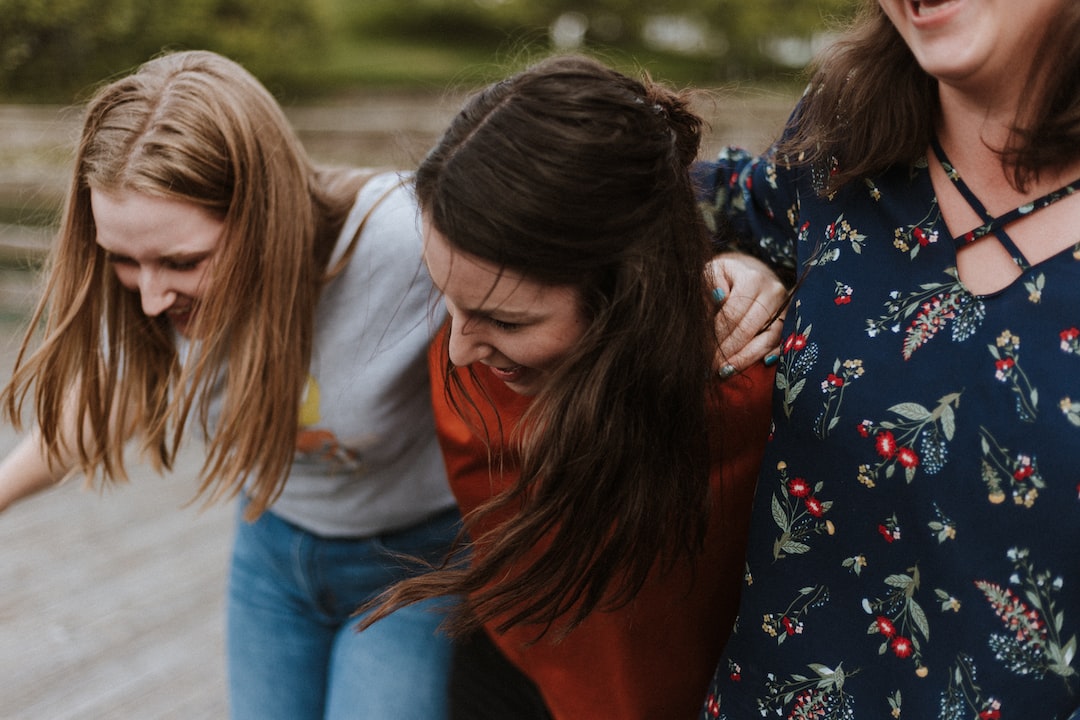Creating Safe Spaces for LGBTQ+ Individuals: Acceptance and Inclusion
In recent years, there has been a significant stride towards inclusivity and acceptance of the LGBTQ+ community. However, despite the progress made, it is essential to continuously work towards creating safe spaces for these individuals. Everyone deserves the right to feel safe, accepted, and comfortable in their environment, regardless of their sexual orientation or gender identity. In this blog post, we will explore the importance of creating safe spaces for LGBTQ+ individuals and some actionable steps we can take towards acceptance and inclusion.
First and foremost, it is crucial to understand the importance of safe spaces in fostering the mental and emotional well-being of LGBTQ+ individuals. Many LGBTQ+ people have experienced discrimination, bullying, and exclusion due to their identity, leading to higher rates of mental health issues such as anxiety and depression. Creating safe spaces can help combat these adversities, providing a supportive environment where individuals can express themselves freely, without fear of judgment or discrimination.
One way to create safe spaces is through education and awareness. Many people are still unfamiliar with LGBTQ+ issues and may hold biases or prejudices due to lack of understanding. Schools, workplaces, and communities can provide workshops and training sessions to educate individuals about LGBTQ+ identities, the history of the LGBTQ+ movement, and the challenges they face. By fostering understanding and empathy, we can break down barriers and create an inclusive society.
Another essential aspect of creating safe spaces is establishing and enforcing anti-discrimination policies. These policies should explicitly prohibit any form of discrimination based on sexual orientation or gender identity. Schools, workplaces, and public institutions should enforce these policies consistently and ensure that individuals who experience discrimination have a safe avenue to report incidents without fear of retaliation. It is vital to create an environment where LGBTQ+ individuals feel protected and supported.
To create safe spaces, it is necessary to amplify LGBTQ+ voices and provide platforms for their stories to be heard. This can be achieved through creating LGBTQ+ support groups, hosting events, and inviting diverse LGBTQ+ speakers to share their experiences. By elevating their voices and experiences, we can foster a sense of belonging and visibility within the community.
Furthermore, it is crucial to support LGBTQ+-inclusive organizations and businesses. By consciously choosing to patronize and support businesses that actively promote acceptance and inclusion, we send a powerful message that we value diversity. Supporting these organizations helps create economic opportunities for LGBTQ+ individuals and plays a significant role in breaking down societal barriers.
Lastly, creating safe spaces for LGBTQ+ individuals requires an ongoing commitment to challenging our own biases and prejudices. It is essential to confront our ingrained beliefs and educate ourselves to become allies. Allies are individuals who actively advocate for and support LGBTQ+ rights and equality. Whether through educating ourselves by reading literature written by queer authors, attending LGBTQ+ events, or engaging in conversations with LGBTQ+ individuals, we can broaden our perspectives and contribute positively to inclusivity and acceptance.
In conclusion, creating safe spaces for LGBTQ+ individuals is an ongoing process that requires education, awareness, and commitment. By fostering an inclusive environment through education, anti-discrimination policies, amplifying LGBTQ+ voices, supporting inclusive organizations, and challenging our own biases, we can work towards a society where LGBTQ+ individuals can thrive without fear and experience true acceptance and inclusion. It is crucial to remember that acceptance and inclusion are not a one-time achievement but rather a lifelong commitment that benefits not only the LGBTQ+ community but society as a whole.

